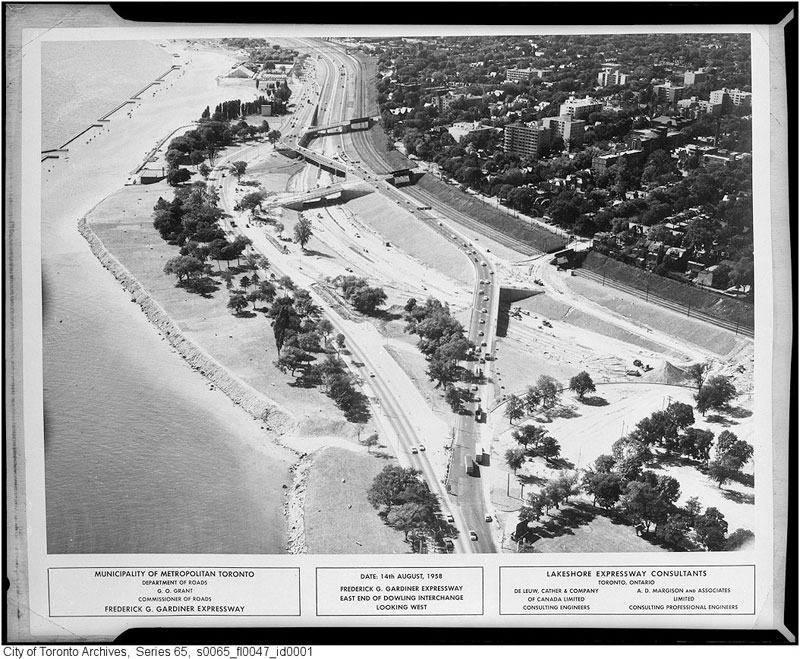Admiral Beez
Superstar
Highways radically reshaped cities, destroying downtown neighborhoods. Some cities are taking them down, but rebuilding the communities won’t be easy.
https://www.nytimes.com/interactive...tion=click&module=Top Stories&pgtype=Homepage
This NYT article made me think of the Gardiner, but I don't think we rammed the highway through downtown neighbourhoods.

https://www.nytimes.com/interactive...tion=click&module=Top Stories&pgtype=Homepage
This NYT article made me think of the Gardiner, but I don't think we rammed the highway through downtown neighbourhoods.






